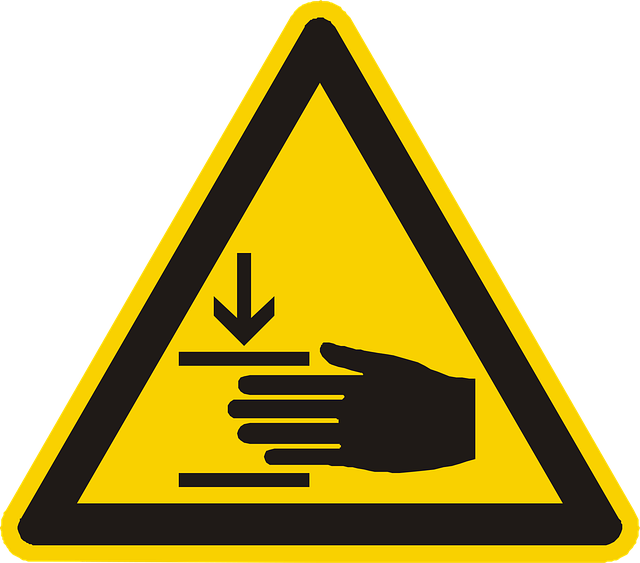Dog bite laws protect individuals from harm caused by dogs, with varying liability rules based on jurisdiction. These laws offer legal recourse for victims, covering medical costs, pain, and suffering, especially protecting vulnerable groups. When pursuing a claim, quick action is vital due to statutes of limitation, involving evidence collection like photos, witness statements, and medical records. Consulting an attorney specializing in dog bite laws is crucial for navigating the process, from initial consultations to court representation if needed. Understanding these steps strengthens your case, whether through settlement or trial.
“Unsure about filing a lawsuit under dog bite laws? This comprehensive guide is your first step towards justice. We break down the intricate process, ensuring you understand what dog bite laws cover and who they protect. From gathering evidence to securing legal representation, we’ll walk you through each crucial step. Additionally, learn what to expect after filing your claim. Get ready to navigate the legal process with confidence and ensure you receive the compensation you deserve.”
- Understanding Dog Bite Laws: What They Cover and Who They Protect
- Steps to File a Lawsuit: From Gathering Evidence to Legal Representation
- Navigating the Legal Process: What to Expect After Filing Your Claim
Understanding Dog Bite Laws: What They Cover and Who They Protect

Dog bite laws are a crucial set of regulations designed to protect individuals from potential harm caused by dogs. These laws vary across jurisdictions but generally cover situations where a dog owner is liable for damages or injuries inflicted by their pet. Typically, they protect victims who suffer bites or attacks, ensuring they have legal recourse for medical expenses, pain, and suffering. Dog bite laws also extend to specific groups, such as children and mail carriers, who are often at higher risk of being bitten.
Understanding these laws is essential when considering legal action after a dog-related incident. Unlike contract disputes or product liability cases, dog bite laws focus on the actions and responsibilities of dog owners. This means if you’ve been bitten, you may not need to prove negligence; instead, establishing ownership and the dog’s aggressive behavior is sufficient. However, it’s crucial to remember that certain factors, like provocation, can impact liability, so knowing your rights under these laws is key to navigating potential legal protections or claims, especially when compared to other areas of law like nursing home abuse.
Steps to File a Lawsuit: From Gathering Evidence to Legal Representation

When considering legal action after a dog bite, the first step is to gather evidence meticulously. This includes documenting the incident with photos of injuries, collecting witness statements, and retaining any medical records or bills related to treatment. It’s crucial to act promptly as statutes of limitation vary by jurisdiction.
Next, consult an attorney specializing in dog bite laws to assess your case. They will guide you through the legal process, ensuring compliance with local regulations. While cases can differ greatly—ranging from personal injury claims against pet owners to complex situations involving medical malpractice or elder abuse—an experienced lawyer can provide tailored advice. They might also help navigate potential pitfalls and advise on settlement negotiations or, if necessary, represent you in court, fighting for the compensation you deserve, regardless of whether it’s tied to a dog bite or a partnership disagreement.
Navigating the Legal Process: What to Expect After Filing Your Claim

After filing your dog bite claim, it’s crucial to understand what happens next. The legal process can be complex and navigating it alone is challenging. You’ll likely need to gather evidence, including medical records, witness statements, and any relevant insurance policies, such as homeowner insurance claims or liability coverage from the pet owner’s insurer. This step is essential for building a strong case.
Next, expect communications from various parties involved in dog bite laws. Your attorney, if you’ve hired one, will guide you through depositions, negotiations, or even mediation to resolve the claim without going to trial. If settlement discussions fail, your case may proceed to court where a judge and jury will evaluate the evidence presented by both sides. Remember, while pursuing a wrongful death claim differs from a regular dog bite injury lawsuit, understanding these general steps can prepare you for the journey ahead.
Filing a lawsuit under dog bite laws can be a complex process, but understanding your rights and taking careful steps ensures a strong claim. By gathering evidence, seeking legal representation, and navigating the legal system, you can seek justice and compensation for injuries sustained in a dog attack. Remember to document everything, consult with an attorney experienced in dog bite cases, and prepare for a thorough review of your claim. Staying informed about local dog bite laws is crucial for a successful outcome.






